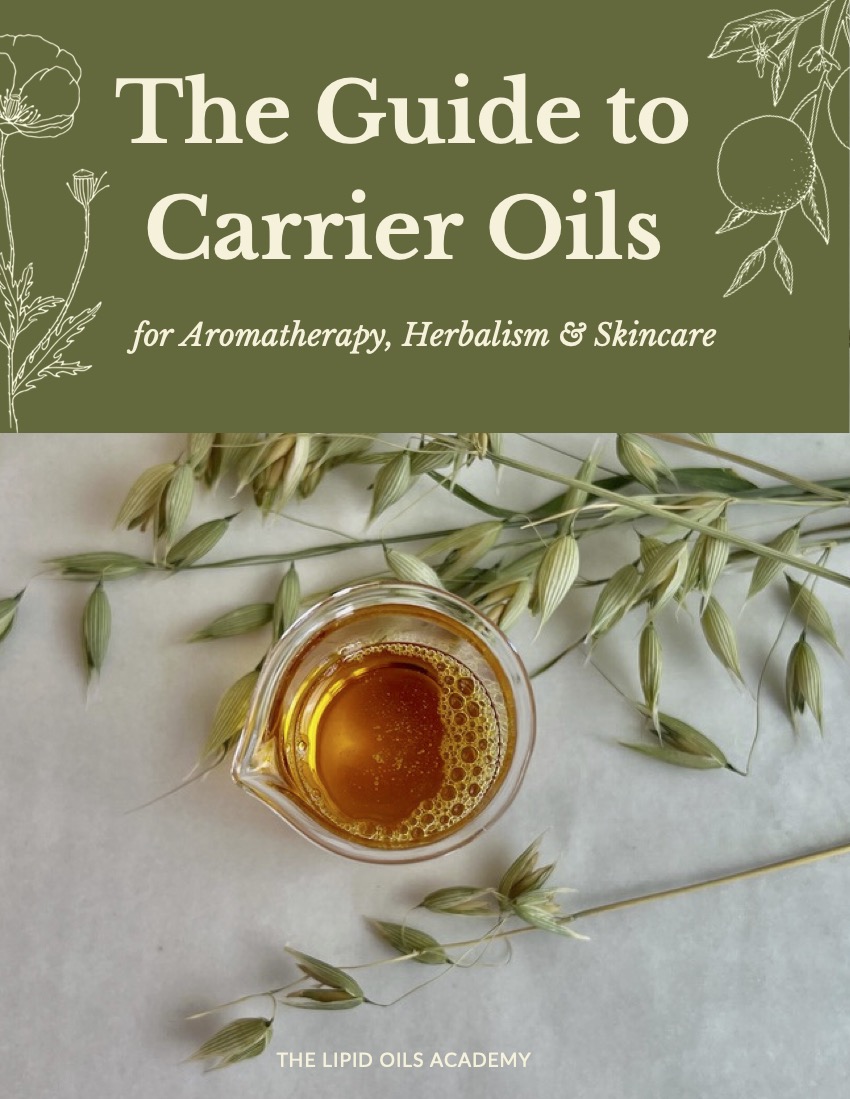Cooking shows, the popular way of vicariously indulging in food preparation techniques and personalities, a pioneer of the genre was the indomitable Julia Child and my personal ‘virtual’ cooking instructor on TV decades ago.
I was a regular viewer of hers in front of the television on a weekly basis and she did much to make me into the person I am today who loves to cook and whip up skincare products.
Fat equals flavor
In one show she said that all lean meats tasted the same to emphasize the importance of the fat of the animal to the flavor of the meal. It is the fat that gives meats, like tallow, lard, or lamb fat the distinctive flavors associated with the meat.
The long-ago memory of her comment came to mind when opening a recent shipment of cocoa butter as the ambrosia like scent filled the air. Ambrosia, from the Greek ambrotos, that means not mortal, or immortality, can easily be applied to the scent of cocoa, and chocolate, and cocoa butter.
Nectar of the gods
Even the botanical name of the tree Theobroma cacao translates to nectar, broma, of the Gods, theo. Cacao as it relates to cocoa or chocolate, the scent is truly distinctive and characteristic of the butter. Without the butter, chocolate wouldn’t quite be the chocolate that flavors so many desserts, bars, chips, drinks and more.
Refined vs Unrefined
The scent can be difficult to work with as it is so strong and distinctive that it can color a whole formula with a chocolate odor and set the character of a product. Refined versions of cocoa butter which have the scent removed are also available for formulating and can be easier to use depending on the end result you want.

Theobroma cacao is a small tropical evergreen tree, native to Central and South America that have spread across the globe growing in similar climates around the earth. The growth pattern of this tree is interesting with the flowers first, then fruit pods sprouting directly from trunks and branches of the trees.
Using cocoa butter
A common use of cocoa butter is in salves and balms to prevent the appearance of stretch marks during pregnancy. It is highly emollient due to its fatty acid makeup.
Cocoa butter is an interestingly balanced vegetable fat with nearly equal parts stearic, palmitic and oleic acids. Thirty-five percent stearic acid with its high melting point of 69.3 °C (156.7 °F) creates the hardness that is distinctive of this butter. The palmitic and oleic fatty acids keep the butter stiff without being overly hard and brittle.

The butter’s stiffness helps to stabilize lipid only formulas and can be used to help with emulsification. Adding it in percentages of between 10 to 40% make for highly nourishing balms and body butters. Vitamin E, both tocopherols and the highly antioxidant tocotrienols, create skin protective treatments that inhibit damage from sun, the environment and time.
Collagen production and cell health
Phytosterols calm inflammation and heal conditions that arise from inflammatory conditions. Inflammation can damage cell health by causing tissue breakdown. Cocoa butter is rich in beta-sitosterol a plant sterol that supports collagen production and cell health.
A product of the tropics, the traditional use of cocoa butter along with coconut oil is to protect the skin sun exposure and salt water. The saturated stearic and palmitic acids remain on the surface of the skin able to protect it from overexposure.
Cocoa butter whether unrefined and aromatic or refined and scentless is a wonderful butter to help the feel and skin compatibility of balms, salves, and lip potions. Combine it with any of the liquid carrier type oils, beeswax or other vegetable butters and the skin you are treating will love you.

In your work with cocoa butter, do you find you like the chocolaty scent or do you reach for the unscented form more often for its versatility? I’d love to hear about your experience, leave a comment below and let me know.


Correct me if I am wrong, the refined cocoa butter has less of the therapeutic properties of the unrefined?
Yes, refining does remove some of the beneficial properties of oils.
I use unrefined- I personally love the smell, especially alongside coconut CO2, vanilla oleoresin, and coffee essential oil!
ps. thanks for the great information susan… love it!!
I have just gone back to using organic ‘chocolaty’ cocoa butter, I stopped using in many years ago in skincare formulations in favour of organic shea, babassu and other butters, but, have recently gone back to using it again.
I also use a small amount in my soap making at times.
I do love the organic and the quality of this butter and all it’s offerings for the skin
I love the smell and use it in my body butter .
I prefer using unrefined
Thank you so much for your abundant information.. I have only recently discovered you!.. I have already learnt heaps… You’re an absolute gem… Thanks a million for sharing your super knowledge 😍😍🙏👌xxxx
I make my lip balm with it, and because of chemical sensitivities, I don’t add any essential oils. It gives the balm a light chocolaty aroma that I love. Thank you for sharing such fascinating information about oils!
great article!
I love the unrefined cocoa butter. The scent is divine. When I pair it with coconut oil, I just want to eat it. I use it with most of the balms I make.
I love the chocolate scent! I haven’t ever felt it overpowers a blend, but then maybe I haven’t “over-used” it in the blend.
Thanks for the blog post Susan. I love the unrefined naturally scented cocoa butter. Have til now only used in a lip balm, but it’s lovely and protective, and hey, if I eat a little then what the hey, it’s edible 🙂